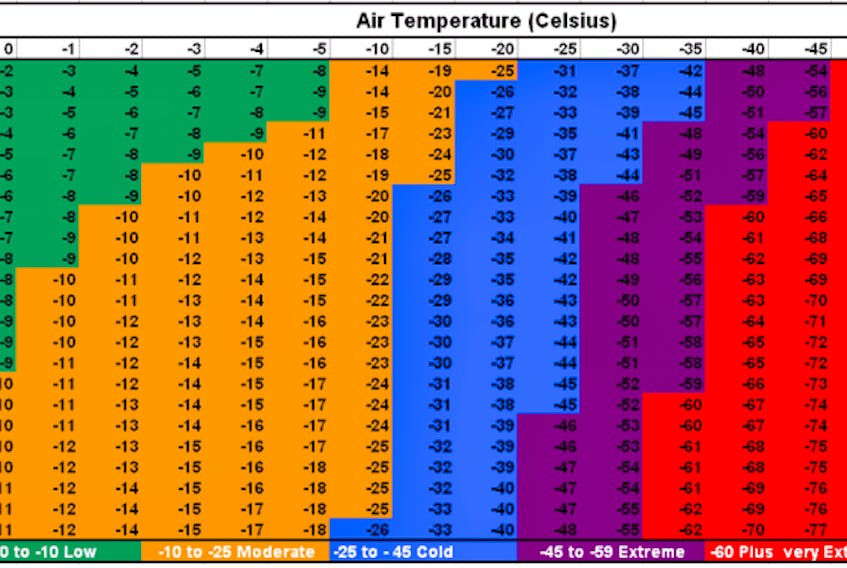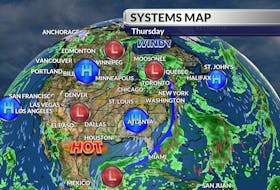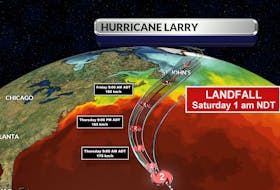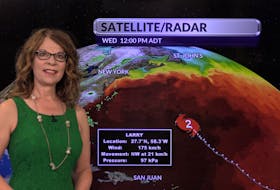After a milder than normal February, March roared in with a mess of weather and lots of wind. Wind can be a blessing on a muggy summer day, but it’s not often as welcome in the winter. We’ve all experienced how much colder it can feel when the wind blows; the feel-like temperature or wind chill attempts to express how much colder.
The wind chill factor was designed for a limited purpose: to measure heat loss from exposed areas of the human body in low temperatures and measured wind speeds.
The wind chill has come a long way. In the 1940s, scientists measured the wind chill factor in kilocalories per hour per square meter - a confusing measurement for anyone outside the field. In the 1960s, the United States military sought to express the measurement in terms of temperature. By the 1970s, wind chill equivalent temperatures were a common feature of weather reports. However, the calculated wind chill factor was not always accurate.
Canada took the lead to promote an international standard for wind chill. In April 2000, Environment Canada held the first global Internet workshop on wind chill, with more than 400 participants from 35 countries. Almost all participants agreed on the need for an international standard for measuring and reporting wind chill. Canadian scientist, Randall Osczevski, reformatted the wind chill factor formula in 2001, with modern models of heat loss from the human body.
Armed with this information, people venturing outside in exceptionally bitter weather would know an approximate time before exposed areas of the body would succumb to frostbite. A recent survey indicated that 82 per cent of Canadians use wind chill information to decide how to dress before going outside in the winter.
One last but important note on wind chill: while air temperature values are accompanied by the "degree" sign, equivalent wind chill values are not. Why? Because temperatures are measured, and wind chill values are calculated.
Did you know:
Wind chills below -70ºC have been recorded in northern communities in Canada. On January 13, 1975, at Kugaaruk, Nunavut, the air temperature was -51ºC and the winds were 56 km/h, producing a bone-chilling wind chill of -78ºC .
- Want more weather information? Visit your weather page.
- Have a weather question, photo or drawing to share with Cindy Day? Email [email protected]
Cindy Day is the chief meteorologist for SaltWire Network









